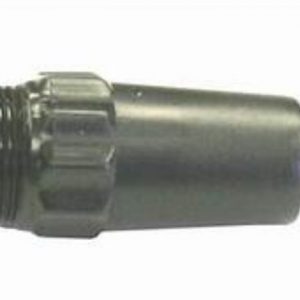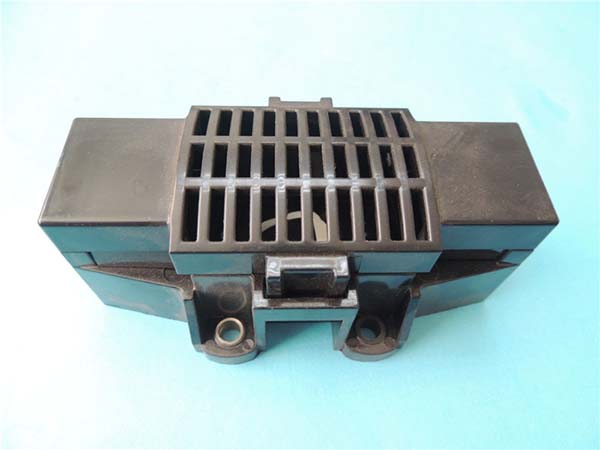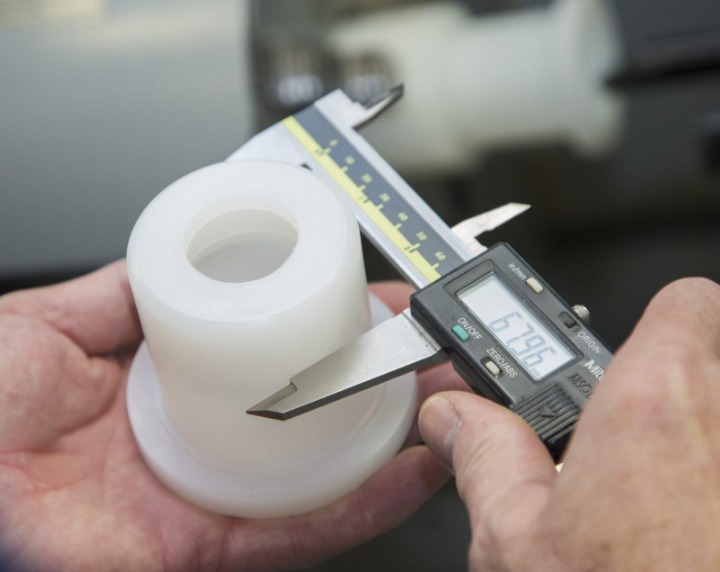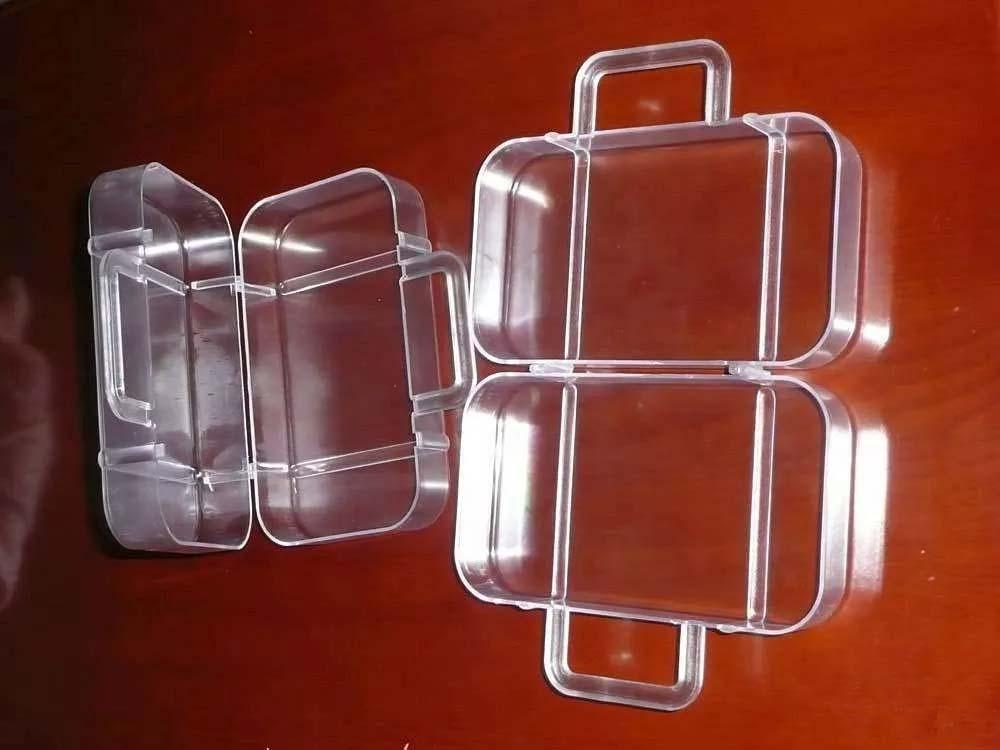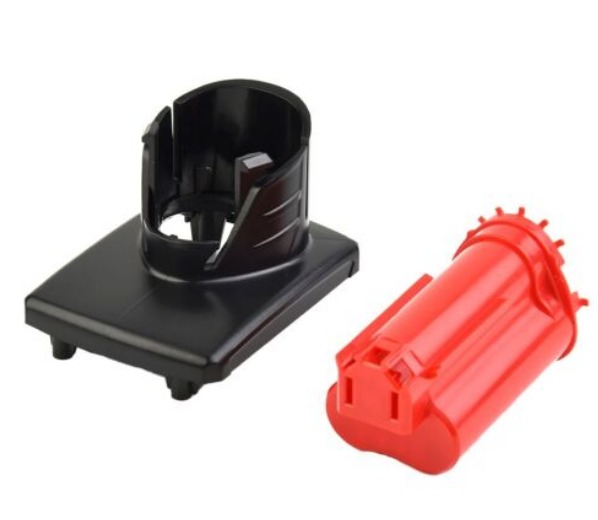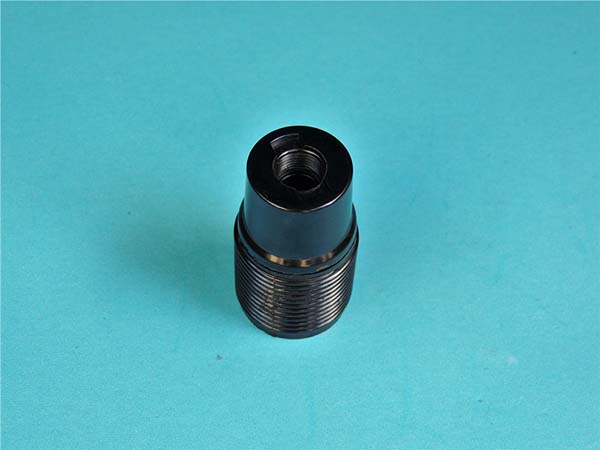1. Introduction to Cold Runner Molds
In the world of injection molding, Cold Runner Molds play a pivotal role. Injection molding is a widely used manufacturing process for producing plastic parts in high volumes. It involves injecting molten plastic material into a mold cavity, where it cools and solidifies into the desired shape. Cold runner molds are an essential component of this process, and understanding their functionality, advantages, and applications is crucial for anyone involved in injection molding.
Cold runner molds are designed to keep the runner system, which is the channel through which the molten plastic flows from the injection machine to the mold cavity, at a lower temperature compared to the mold cavity itself. This is in contrast to hot runner molds, where the runner system is heated to keep the plastic in a molten state. In cold runner molds, the plastic in the runner solidifies after each shot, and the solidified runner must be removed from the part and recycled.
Despite the need for runner removal, cold runner molds offer numerous benefits. They are often more cost - effective for small - to - medium production runs as they do not require the complex heating systems and temperature controls that hot runner molds do. Additionally, cold runner molds can be more forgiving in terms of material compatibility, making them suitable for a wide range of plastic materials.
The purpose of this comprehensive guide is to delve deep into all aspects of cold runner molds. We will explore their design elements, working principles, the materials used in their construction, and how to maintain them for optimal performance. Whether you are a novice in the injection molding industry or an experienced engineer looking to brush up on your knowledge, this guide aims to provide valuable insights to help you make informed decisions when it comes to using cold runner molds in your injection molding operations.
2. How Cold Runner Molds Work
2.1 Basic Working Principle
The basic working principle of cold runner molds is centered around the flow of molten plastic through a runner system into the mold cavity. When the injection molding process begins, plastic pellets are fed into the injection machine. Inside the machine, these pellets are heated to a molten state. This molten plastic is then forced, under high pressure, through a nozzle and into the runner system of the cold runner mold.
The runner system acts as a channel to distribute the molten plastic to the various cavities within the mold. In cold runner molds, the runner system is not heated separately. As the molten plastic flows through the runner, heat is gradually transferred to the surrounding mold components, which are at a lower temperature. This causes the plastic in the runner to start solidifying.
Once the molten plastic reaches the end of the runner, it enters the mold cavity through a small opening called the gate. The mold cavity is precisely designed to give the plastic its final shape. After the cavity is filled with plastic, the injection pressure is maintained for a short period to ensure that the plastic completely fills all the details of the cavity and compensates for any shrinkage as the plastic cools.
As the plastic in the cavity cools and solidifies, it takes on the shape of the cavity. Once solidified, the mold is opened, and the newly formed plastic part, along with the solidified runner, is ejected from the mold. The solidified runner must be removed from the part and can be recycled back into the injection molding process.
2.2 Key Components
- Runner: The runner is the main channel through which the molten plastic travels from the injection nozzle to the mold cavities. Its design is crucial as it needs to evenly distribute the plastic to all cavities. The cross - sectional area and length of the runner can affect the flow rate and pressure drop of the plastic. For example, a larger cross - sectional area reduces the pressure drop but may lead to more material waste in the form of the solidified runner.
- Gate: The gate is the small opening that connects the runner to the mold cavity. It controls the flow of plastic into the cavity. There are different types of gates, such as pin gates, edge gates, and film gates. Each type has its own advantages and is chosen based on factors like the shape of the part, the location of the cavity, and the desired appearance of the final product. For instance, a pin gate leaves a small, easily removable mark on the part, making it suitable for parts where surface finish is important.
- Nozzle: The nozzle is the component that connects the injection machine to the cold runner mold. It has to withstand high pressures and temperatures during the injection process. The nozzle tip is designed to ensure a smooth transfer of molten plastic into the runner system. It also helps in preventing any leakage of plastic during the non - injection phases.
- Mold Cavity: This is where the molten plastic takes on its final shape. The cavity is machined with great precision to match the design of the desired plastic part. The surface finish of the cavity walls affects the surface quality of the final product. For parts with complex geometries, the mold cavity may contain movable cores or slides to create undercuts and other intricate features.
3. Choosing the Right Cold Runner Molds
3.1 Consideration of Part Geometry
The geometry of the injection - molded part is a crucial factor in choosing the appropriate cold runner mold type and layout. For simple - shaped parts, such as a basic rectangular plastic box, a straightforward two - plate cold runner mold with a single - cavity or multi - cavity layout might be sufficient. A single - cavity mold could be used for low - volume production, while a multi - cavity mold can increase production efficiency for higher volumes. The runner system can be designed with a simple straight - through or branched layout to evenly distribute the molten plastic to each cavity.
On the other hand, for parts with complex geometries, like a plastic component with multiple undercuts and intricate internal features, a more elaborate cold runner mold design is required. In such cases, a three - plate mold might be a better choice. The three - plate mold allows for the use of point gates, which can be precisely located to ensure proper filling of all the complex features of the part. For example, in the production of a small plastic gear with fine teeth, a point gate in a three - plate cold runner mold can accurately deliver the molten plastic to form the teeth without causing any distortion.
3.2 Material Compatibility
When selecting a cold runner mold, it is essential to consider its compatibility with the plastic material being used. Different plastic materials have varying melting points, viscosities, and shear - sensitivity. For instance, materials like PVC (Polyvinyl Chloride) and POM (Polyoxymethylene) are sensitive to high temperatures and long residence times. Using a cold runner mold can be beneficial as it reduces the risk of material degradation that could occur in a hot runner system with continuous heating.
Moreover, the surface finish of the runner and gate in the cold runner mold can affect the quality of the plastic part. Some plastics, such as high - gloss polymers, require a smooth - surfaced runner and gate to prevent any surface imperfections on the final product. If the mold materials are not compatible with the plastic, it can lead to issues like sticking of the solidified runner to the mold, making it difficult to remove and recycle.
3.3 Production Volume
Production volume plays a significant role in determining the most cost - effective and efficient cold runner mold solution. For small - scale production runs, typically less than 5000 - 10000 parts, a simple two - plate cold runner mold with a basic runner system is often the best choice. The initial investment in such a mold is relatively low, and although there is some material waste from the solidified runner, the overall cost per part can still be reasonable considering the low production volume.
For medium - scale production, in the range of 10000 - 50000 parts, a three - plate cold runner mold might be more suitable. While it has a higher initial cost compared to a two - plate mold due to its more complex structure, the ability to use point gates can improve the quality of the parts. This can lead to fewer rejects, which offsets the higher mold cost over a medium - sized production run.
In cases of high - volume production, over 50000 parts, manufacturers may start to consider more advanced cold runner mold designs or even explore the option of converting to a hot runner system. However, if the cost of the plastic material is relatively low and the part geometry is not overly complex, a well - optimized multi - cavity cold runner mold can still be a cost - effective solution for high - volume production. For example, a company producing large quantities of simple plastic utensils may find that a multi - cavity cold runner mold with a carefully designed runner system can meet their production needs while keeping costs down.
4. Yigu Technology's View
As a non - standard plastic metal products custom Supplier, Yigu Technology highly values the role of Cold Runner Molds in the manufacturing process. Cold runner molds are crucial for our customized production services. They offer great flexibility in handling a wide variety of plastic materials, which is essential when dealing with diverse customer requirements for non - standard products.
In our experience, cold runner molds are especially cost - effective for small - batch and medium - batch custom orders. Their simplicity in design and operation allows us to quickly set up production lines for different product designs. The ability to recycle the solidified runner also aligns with our commitment to sustainable manufacturing, reducing material waste in the production of customized plastic metal products. We believe that by leveraging the advantages of cold runner molds and combining them with our advanced manufacturing techniques, we can provide high - quality, customized solutions that meet the unique needs of each customer.
5. FAQ about Cold Runner Molds
5.1 What are the main differences between cold runner molds and hot runner molds?
- Structure: Cold runner molds have a relatively simple structure. The runner system is just a channel made of metal (usually steel or aluminum), without any additional heating components. In contrast, hot runner molds are more complex, equipped with heating elements like cartridge heaters or band heaters to keep the runner system at a high temperature, ensuring the plastic inside remains molten.
- Cost: Cold runner molds generally have a lower initial cost. They don't need expensive heating and temperature - control devices. However, they generate waste in the form of solidified runners, which increases material costs over time, especially for high - volume production. Hot runner molds, on the other hand, have a high initial investment due to their complex structure, but they save on material costs in the long run as there is no runner waste.
- Applicable Scenarios: Cold runner molds are suitable for small - to - medium production runs and for parts where material waste is not a major concern, or when the cost of the plastic material is relatively low. Hot runner molds are more suitable for high - volume production, especially for high - value plastic materials, and for parts that require high precision and consistent quality. For example, in the production of small plastic toys (low - value products in small - to - medium volumes), cold runner molds may be a good choice, while in the production of high - end automotive interior components (high - value products in large volumes), hot runner molds are often preferred.
5.2 How to ensure the uniform flow of plastic in cold runner molds?
- Proper Runner Size Design: The cross - sectional area and length of the runner should be carefully calculated. A larger cross - sectional area can reduce the pressure drop, allowing the plastic to flow more easily. However, it also means more material waste in the runner. For multi - cavity molds, the runner layout should be designed to ensure that the distance from the injection point to each cavity is as equal as possible. For example, in a four - cavity mold, a balanced tree - like runner layout can be used to evenly distribute the plastic to each cavity.
- Optimized Gate Layout: The location and size of the gates play a crucial role. Gates should be placed in areas that promote uniform filling of the cavity. For complex - shaped parts, multiple gates may be required. The size of the gate affects the flow rate of the plastic. A smaller gate can provide better control over the plastic flow but may also increase shear stress on the plastic. Simulation software can be used to analyze and optimize the gate layout before actual mold manufacturing.
- Temperature Control: Although the runner in a cold runner mold is not heated, maintaining a consistent temperature in the mold and the injection process is important. The mold temperature should be evenly distributed across all parts of the mold. This can be achieved through proper cooling channel design. For example, using baffles in the cooling channels can improve the heat - transfer efficiency and ensure a more uniform temperature distribution, which in turn helps the plastic flow evenly in the runner and cavity.
5.3 Can cold runner molds be used for all types of plastic materials?
Cold runner molds cannot be used for all plastic materials. They are well - suited for most common plastic materials such as polyethylene (PE), polypropylene (PP), and polystyrene (PS). These materials have relatively low melting points and are less sensitive to the cooling process in the runner.
However, for some high - temperature plastics like polyetheretherketone (PEEK) or certain high - performance engineering plastics, cold runner molds may not be the best choice. High - temperature plastics require a higher processing temperature, and if they cool too quickly in the cold runner, it can lead to issues such as high viscosity, poor flowability, and even premature solidification in the runner, making it difficult to fill the mold cavity properly. Additionally, some plastics that are sensitive to shear stress, such as certain elastomers, may also experience problems in cold runner molds due to the relatively high shear forces during the plastic flow in the runner.

